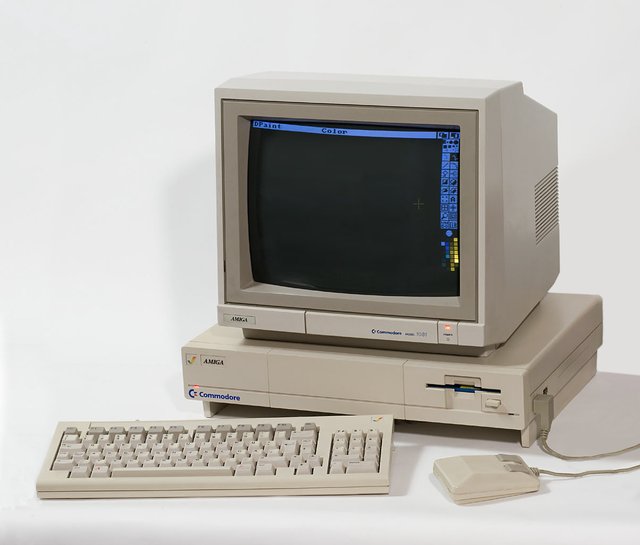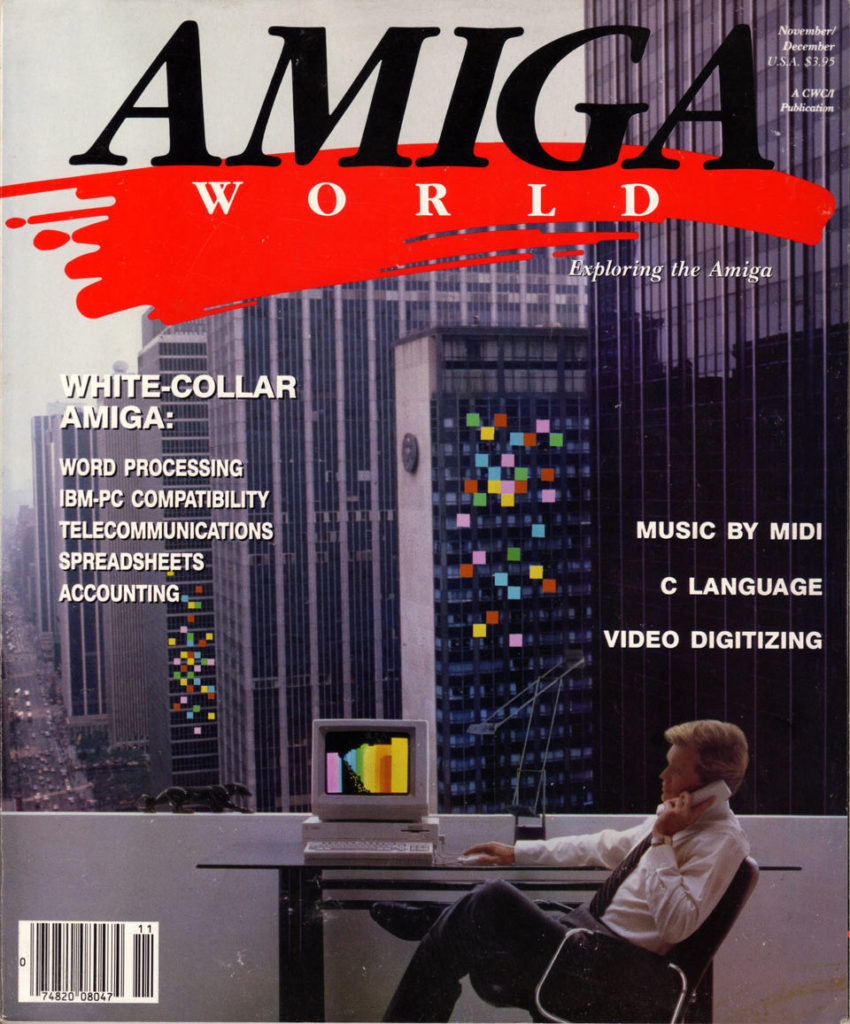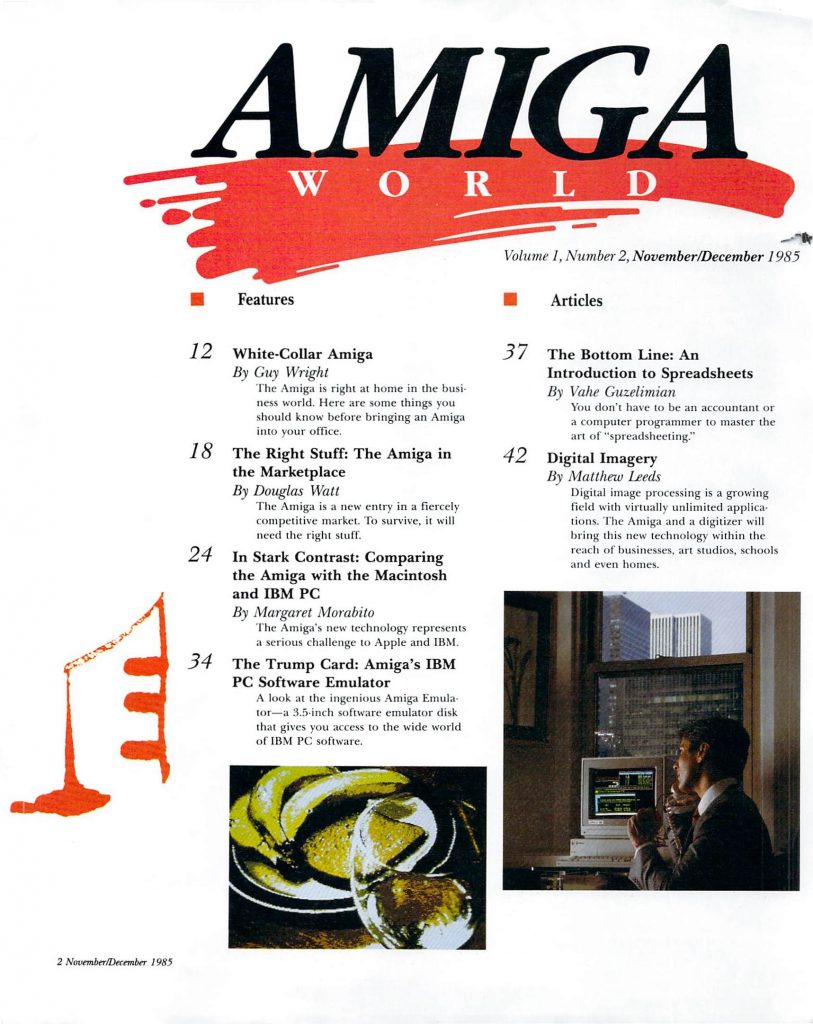
https://darth-azrael.tumblr.com/post/190612229973/yodaprod-commodore-amiga-500-1000-2000-1987
The Amiga 1000 was first introduced in 1985 around the same time as the Commodore 128. It contained a Motorola 68000 CPU clocked at 7.16 MHz and 256Kb RAM. It had graphics and sound capabilities unlike any other computer available at a time at a price that was quite low given the features. The Amiga’s closest competition was the Atari ST which shared virtually the same CPU. While the Atari ST was a good bit cheaper, it had less sophisticated graphics and sound capabilities and a less sophisticated OS. Amiga was ahead of its time with all of these things.
Two years later in 1987, Commodore introduced two successors. The cost reduced Amiga 500 and a more expandable Amiga 2000. The Amiga 500 was an all-in-one unit with the keyboard and a 3.5″ 800k disk drive built-in. It was almost half the price of the original Amiga 1000. Though it was less expandable, it contained double the memory of the Amiga 1000 when it was first introduced and was in every other way just as capable. This is the model that competed most directly with the Atari ST and would me the most popular Amiga model and the spiritual successor to the Commodore 64.
The Amiga 2000 on the other hand was very expandable with a total of 9 expansion slots as well as 2 3.5″ and 1 5.25″ drive bay. It also came with 1 MB of memory instead of 512k. With the addition of a Video Toaster and the appropriate software, tt would become a very popular video editing platform.
The ad above is from 1987, probably shortly after the release of the Amiga 500 and Amiga 2000 as the Amiga 1000 was discontinued later the same year. I’m not sure the origin of the ad (I found it on Tumblr) but I suspect it is from Canada or Australia as the dollar amount doesn’t match what the cost was in the U.S. An Amiga 2000 with 1MB of RAM and a monitor was $2395 at that time in the U.S. and the Amiga 500 was $699. By comparison, a complete Commodore 64 system (which is what I had) was about half the price of the less expensive Amiga 500.





